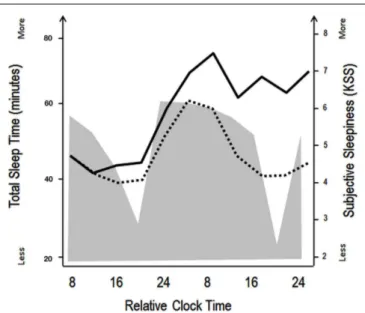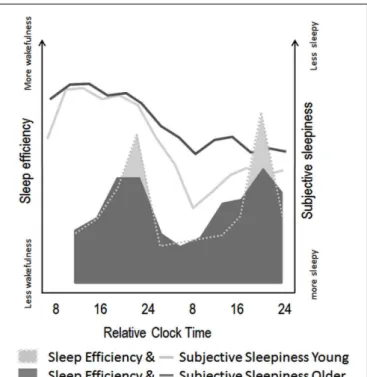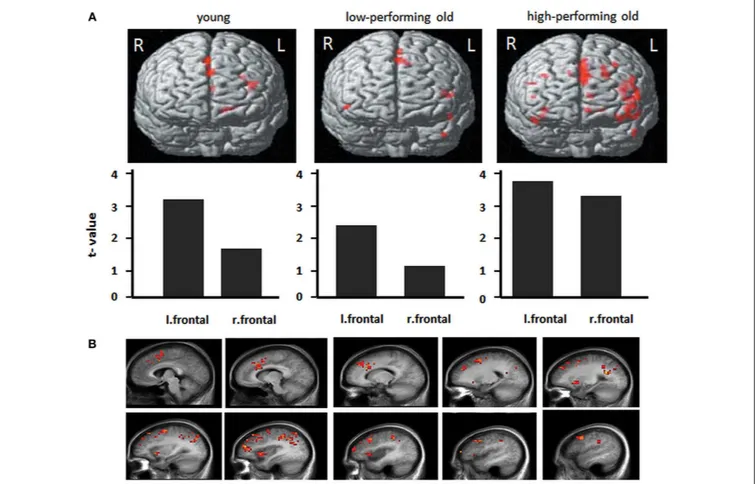Age-related changes in sleep and circadian rhythms: impact on cognitive performance and underlying neuroanatomical networks.
Texte intégral
Figure




Documents relatifs
As the relationship between GFR and cystatin C is exponential, such differences in the analytical precision of cystatin measurement can obviously explain the lack of precision
Le projet de construction prend tout son sens si nous le rattachons au projet de l’installation de la cour à Paris : pour assumer la fonction de ville
The functions of hieroglyphic signs n Ancient authors (Herodotus, Clement of+. Alexandria,
L’archive ouverte pluridisciplinaire HAL, est destinée au dépôt et à la diffusion de documents scientifiques de niveau recherche, publiés ou non, émanant des
Conclusions : Pulse pressure, an index of arterial stiffening and a marker of vascular risk, increases with the duration of type 1 diabetes, within a range of age where such a rise
L’archive ouverte pluridisciplinaire HAL, est destinée au dépôt et à la diffusion de documents scientifiques de niveau recherche, publiés ou non, émanant des
Ou bien l’Union contracterait- elle par son adhésion à la CEDH, telle qu’elle est prévue dans le projet d’accord, en ce qui concerne la protection juridique dans le domaine de
Dans certains domaines, les besoins des chefs d’établissement en matière de formations continues sont significativement plus élevés en FW-B qu’en moyenne dans les pays et